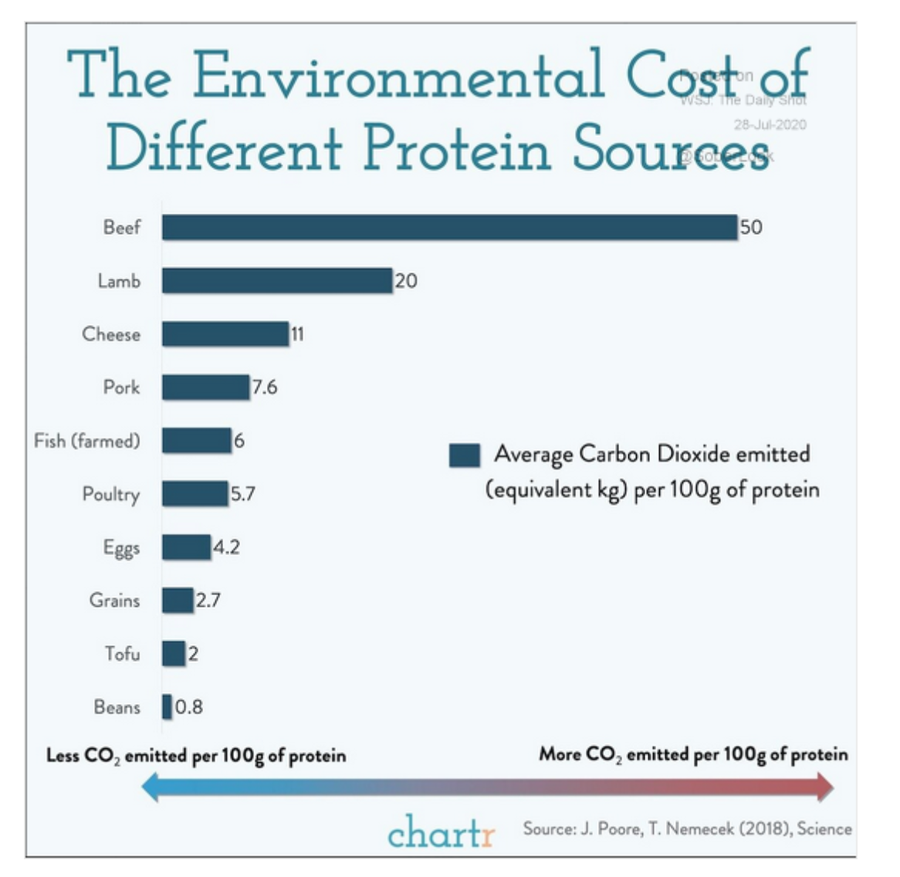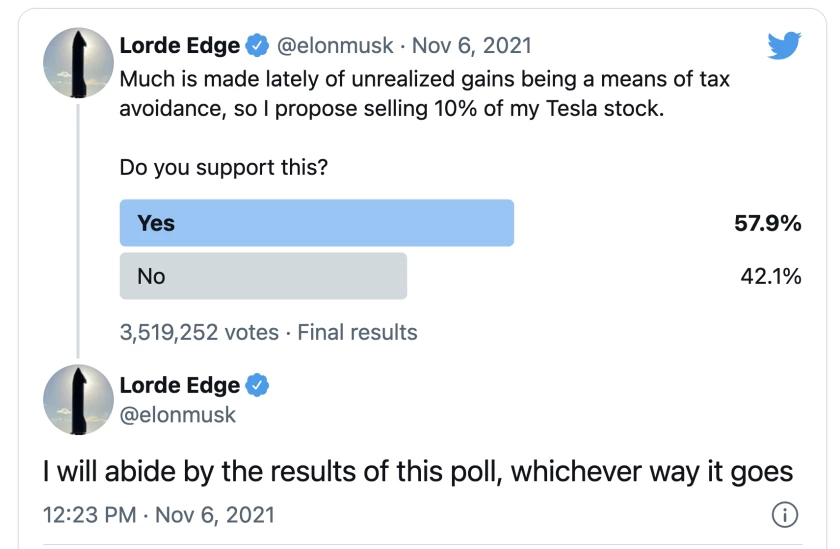Earlier in our housing thread, we suggested that a site for urban densification should be largely judged based on how many potential jobs are within an hour's commute using existing public transportation. We didn't stop to think about which shift.
A spatiotemporal analysis of transit accessibility to low-wage jobs in Miami-Dade County
by XiangYan et al. [Emphasis added.]
From the abstract:
An essential function of public transit is to connect low-wage earners to their jobs or potential employment opportunities. Previous research has shed light on this issue by examining how transit accessibility varies across space, the temporal variations of transit accessibility, and the modal disparity between public transit and automobiles, but often in a disjointed manner. This study contributes to the literature by considering all these issues together in a unified analytical framework. Specifically, we conduct a spatiotemporal analysis of transit accessibility to low-wage jobs and of the disparities between transit accessibility and auto accessibility. Our analysis focuses on Miami-Dade County in Florida, a region defined by a low-density, auto-oriented urban form and a Hispanic-majority population. We find that residents of low-income and Black-majority neighborhoods enjoy a higher level of transit accessibility because of their concentration in high-density urban areas. Often located in suburban and rural locations, Hispanic-majority neighborhoods have a much lower level of accessibility. Not surprisingly, transit accessibility is higher in peak hours than other hours of the day. The gap between transit accessibility and auto accessibility is striking, with car users being able to access eight times more low-wage jobs than transit riders on average. The accessibility gap is smaller during peak hours and in the downtown Miami area; but still, auto accessibility is about three times that of transit accessibility. The large disparities between transit accessibility and auto accessibility provide a strong rationale for additional funding support to promote transit services, such as on-demand microtransit services, in lower-density areas and during off-peak hours.
And from the introduction:
When a temporal perspective is considered, the problem of low-income workers being poorly served by public transit systems can be more profound. To maximize efficiency, most transit agencies around the world provide reduced services during off-peak hours, in the evenings, and during weekends. But these are the periods when a significant proportion of low-wage earners commute to work, as they often take works shifts that are not on a regular nine-to-five schedule (Lambert et al., 2012). Moreover, some low-income workers may have multiple jobs, often requiring them to switch job sites in the middle of the day when transit services are reduced. However, existing research has commonly focused on investigating if residents of low-income areas have adequate spatial access to the transit network, paying much less attention to the temporal variations of transit services. Notably, some studies have shown that disadvantaged social groups often receive better transit services as they tend to live in higher-density areas (Grengs, 2012; Shin, 2020), but it is less clear if this advantage varies by time of day. A recent study has shown that while residents in socially disadvantaged areas of the Greater Toronto and Hamilton Area, on average, had better transit accessibility to jobs than those in socially advantaged areas, this advantage is not consistent over the course of the day (El-Geneidy et al., 2016a).




